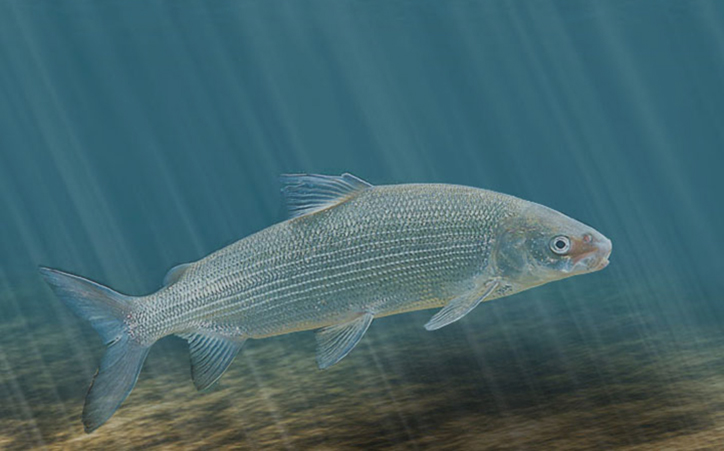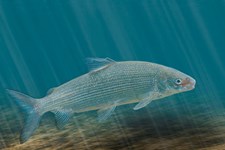News

Heart Rate Measurements During Routine Aquaculture Practices Leading up to Slaughter
Finfish aquaculture has seen a great increase in recent decades with an estimated 369 species farmed worldwide, but physiological data is lacking on many of them. In a recent study, researchers at the Swedish University of Agricultural Science and University of Gothenburg highlight the importance of performing a long-term evaluation of free swimming fish in aquaculture.
The scientists from the two universities implanted 20 European whitefish (Coregonus lavaretus) with Star-Oddi DST milli-HRT loggers which recorded undisturbed for 21 days. The biologgers measured the body temperature and heart rate of fish in a sea cage prior to slaughter.
Correlation in plasma cortisol and heart rate during harvest procedure
Harvest procedures such as crowding, transportation and brailing were recorded. Blood samples collected from the fish and conspecifics on day 20 revealed an increase in heart rate and plasma cortisol. After these acute stressors the fish was kept undisturbed for 10 hours. During tat time, heart rate and plasma cortisol reduced. Heart rate increased sharply again prior to the final slaughtering procedure, brailing and CO2 narcosis on day 21.
Surprising predator pray interaction
An unforeseen finding in the study was an increase in heart rate of whitefish when a sea cage containing approximately 5000 large rainbow trout was towed and secured within 10 meters of the whitefish's sea cage. This generated a mean heart rate increase of 34% from 32 to 43 bpm on average and heart rate remained elevated. The researchers suggest this is a physiological response to the threat of predation.
The paper was published in the journal Aquaculture and can be accessed here.
